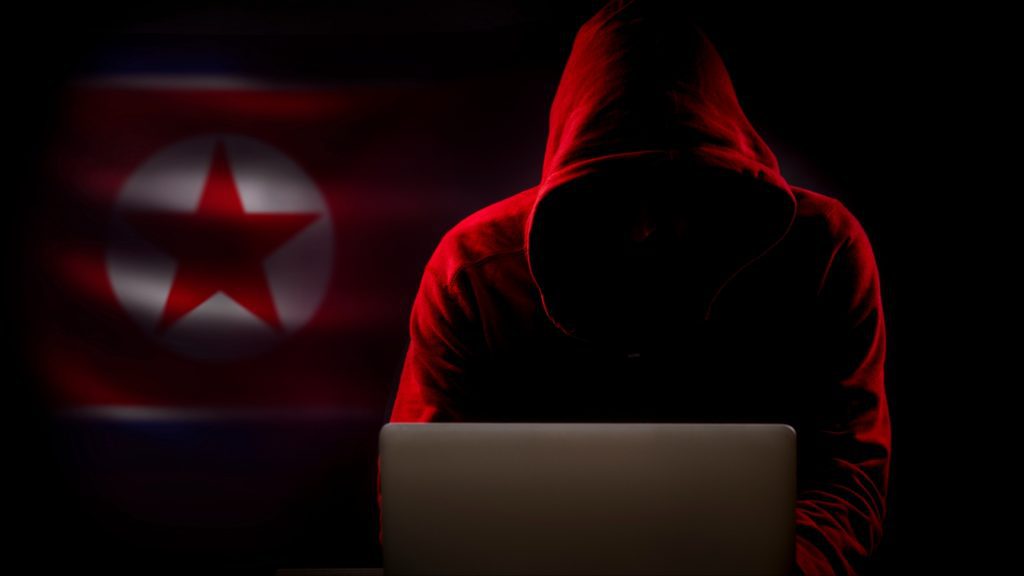
On June 11, BlueNoroff, a North Korean threat group, used mac deepfake malware, in simulated Zoom calls to impersonate executives at a tech company into loading malicious software onto their devices to steal cryptocurrency.
The attack introduced new, malicious signs of malware on Mac that users and companies need to know about. BlueNoroff’s approach connected AI-powered video copy with advanced malware.
For macOS users, information about the latest mac malware detection is crucial not to fall into the target of such scams. Having an idea about the signs of malware on Mac can be the secret to avoid falling victim to data breaches.
Deepfake Zoom Calls Trick Employees
Huntress researchers detected the attack after monitoring suspicious behavior on the network of a partner.
BlueNoroff targeted an employee via Telegram, impersonating external experts organizing a meeting, sending an invite for Google Meet but referenced a tricked Zoom domain controlled by attackers.
During the Zoom session, members watched deepfake videos of the company leaders, making the session look authentic. When the victim’s mic malfunctioned, the impersonators suggested installing a Zoom add-on to fix it.
The Zoom deepfake malware was in the form of harmless AppleScript.
Running the script opened a legitimate Zoom website, but a command that installed and ran malicious code on the Mac was hidden within, Huntress reported that the malware installed Rosetta 2 silently so it could run on new Apple Silicon Macs.
Identifying early signs of malware on Mac such as these is crucial to prevent further damage. Huntress found eight different malicious programs on the compromised Mac:
- Telegram 2: malware updater for Telegram in disguise.
- Root Troy V4: backdoor that remotely compromises the Mac and downloads more malware.
- InjectWithDyld: loader that hides malware inside system processes and wipes out remnants.
- XScreen – keyboardd: surveillance tool recording keystrokes, screen activity, and clipboard data.
- CryptoBot – airmond: Malware plundering sensitive data from over 20 cryptocurrency wallets.
North Korea’s Mac deepfake malware attack shows how BlueNoroff’s combination of videos and customized malware generates new detection challenges. Most Mac users think they are virus-protected, but the advanced tools of this category show that no platform is totally secure.
Experts stress the importance of detecting malware on Mac and getting rid of it quickly if suspected of infection. Huntress warns that Recent campaigns make it clear that macOS customers must become more ready and secure. BlueNoroff’s practice of employing AI-driven deepfakes, as well as well-crafted malware, is a frightening trend.
Awareness to clean malware on Mac has reached a point where it should be set in stone. A standards practice to having sound security measures can guarantee protection in a tech world full of digital danger.
Inside Telecom provides you with an extensive list of content covering all aspects of the tech industry. Keep an eye on our Cybersecurity sections to stay informed and up-to-date with our daily articles.